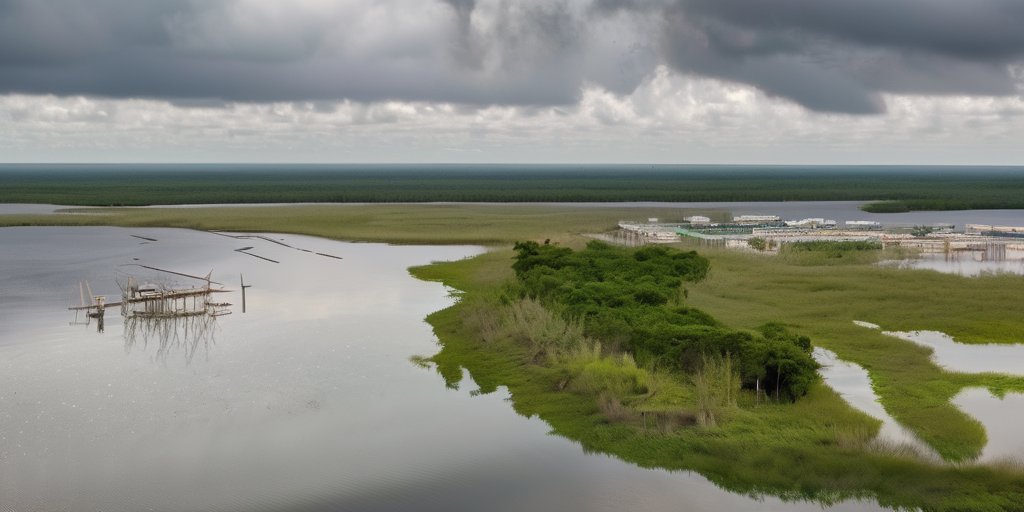In a bold move towards his stringent immigration crackdowns, President Donald Trump visited the newly constructed immigrant detention facility known as “Alligator Alcatraz” in Florida on Tuesday. Set to accommodate around 1,000 detainees as early as next month, this facility represents the next phase in Trump’s controversial efforts to address illegal immigration in the United States. During the tour, Trump emphasized that the center would house some of the most dangerous individuals, stating, “We’re surrounded by miles of treacherous swampland and the only way out is, really, deportation.”
The name refers to the treacherous surroundings of the Everglades, where alligators, crocodiles, and pythons are anticipated to deter potential escapes. The detention center, built on an old airfield at the Dade-Collier Training and Transition Airport, will come with a hefty operational cost of approximately $450 million annually. Funding will largely derive from temporary shelter programs previously used for undocumented immigrants, as outlined by Homeland Security Secretary Krisit Noem who was present during Trump’s visit.
As part of his broader strategy to reverse the Biden administration’s immigration policies, Trump declared this facility his most significant step to combat what he terms the “migration invasion”. The location’s remoteness has drawn comparisons to the infamous Alcatraz prison, with Trump eying similar facilities across the nation.
However, the project faces significant opposition. Local lawmakers, residents, and environmental advocates have raised alarms about the ecological impact of constructing a detention center in the fragile Everglades ecosystem. Concerns include adverse effects on endangered species and irreversible damage to the environment, threatening years of restoration efforts that have cost Florida billions of dollars. Critics argue that the decision appears to bypass necessary environmental assessments, deeming it more of a political maneuver than a thoughtful policy initiative.
With the U.S. Immigration and Customs Enforcement (ICE) currently detaining a record 59,000 individuals—140% more than its capacity—questions about the ethics and conditions of detention facilities are increasingly pressing. As Trump presses forward with his legacy of aggressive immigration policies, the implications for both migrants and the environment remain uncertain, with residents like Betty Osceola warning that the temporary facility risks becoming a permanent one. As this story unfolds, eyes will be on the intersection of Trump’s immigration strategies and the urgent need for ecological preservation in Florida.
